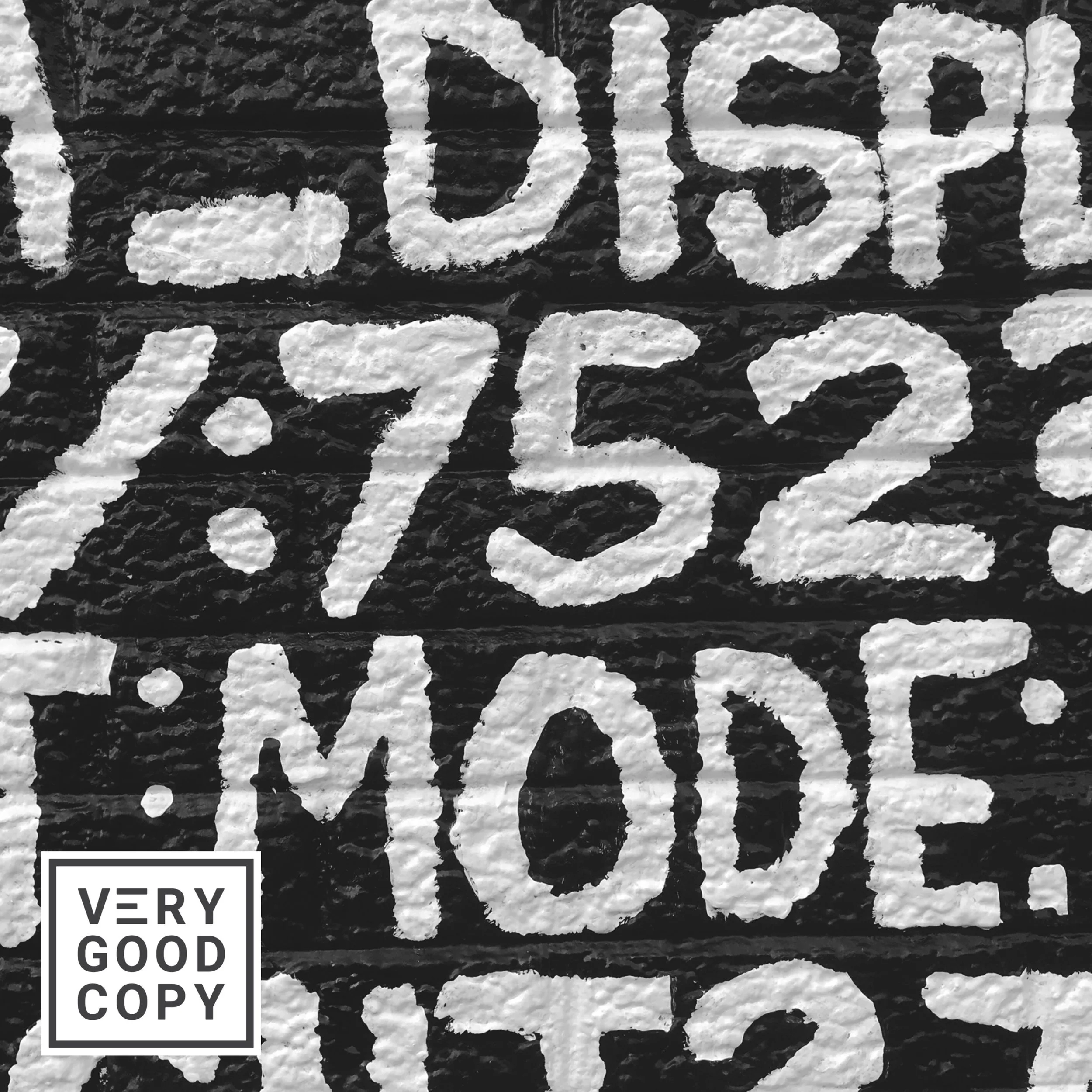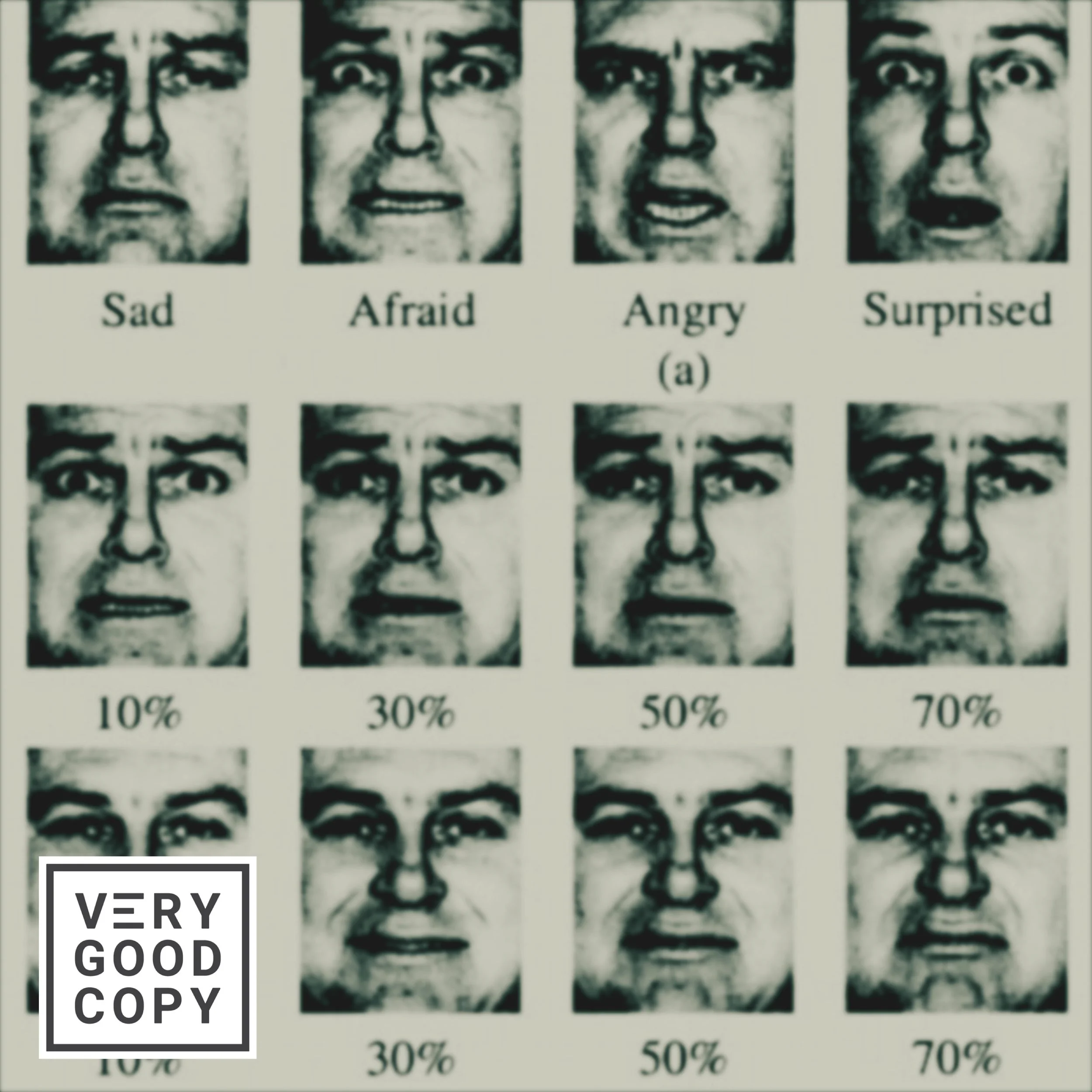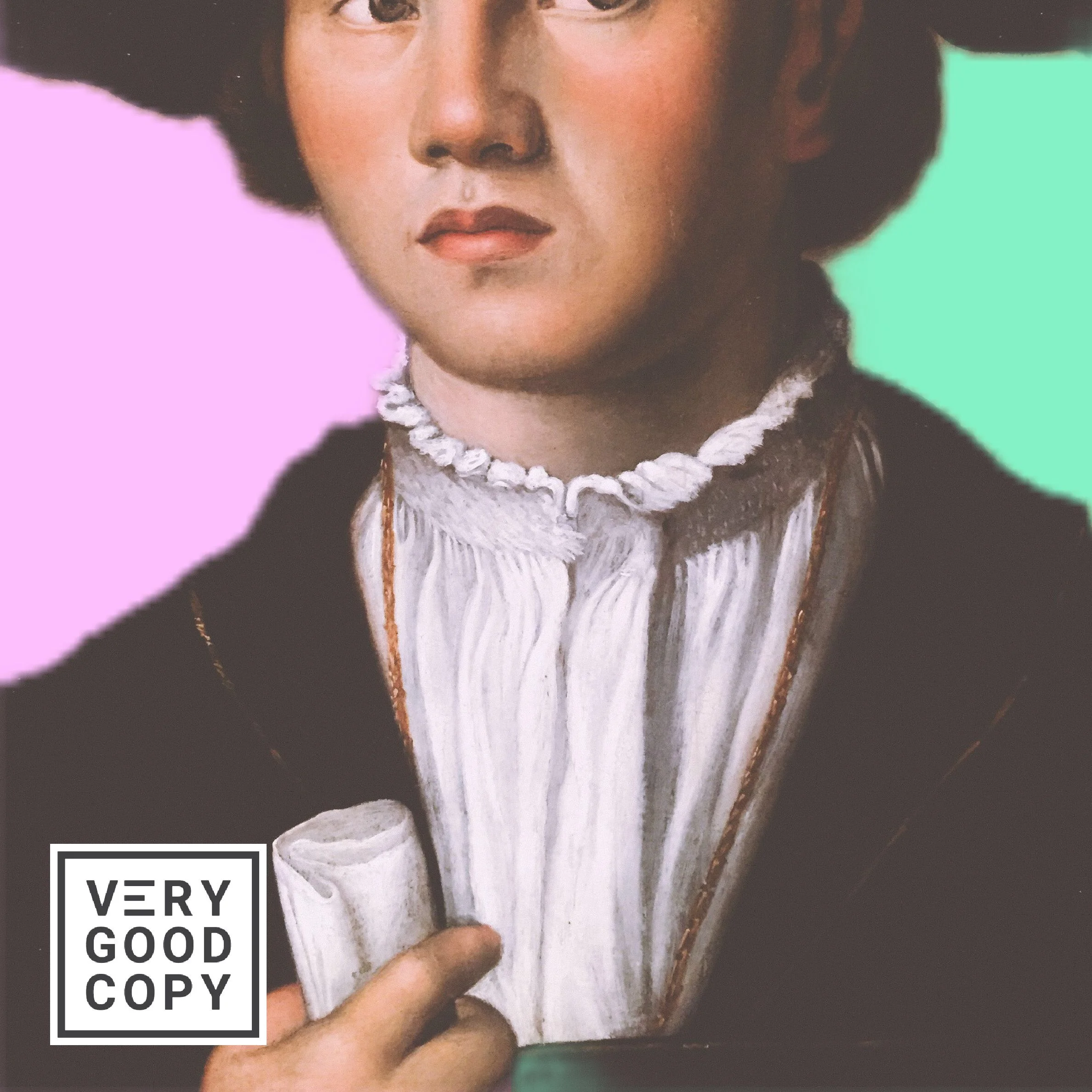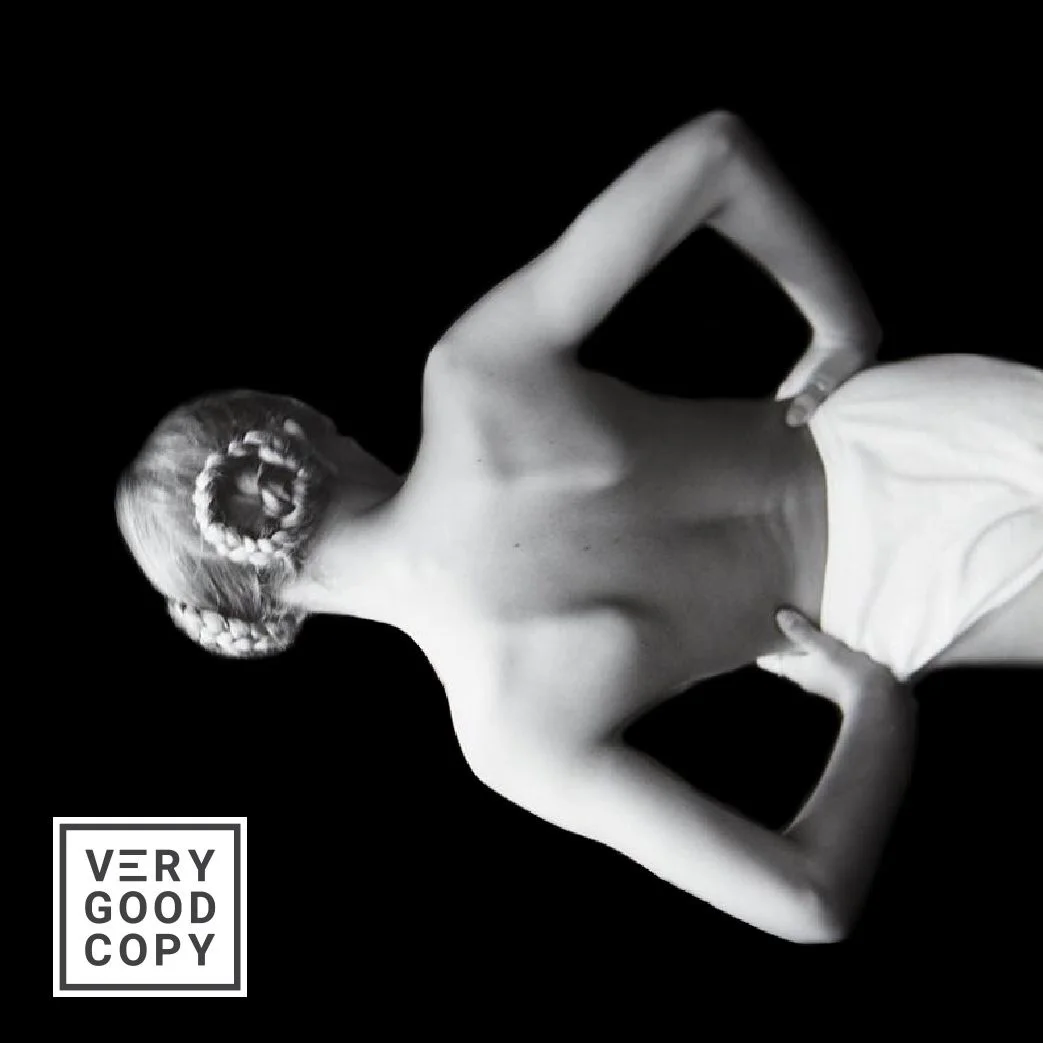![VeryGoodCopy [Logo] DARK.png](https://images.squarespace-cdn.com/content/v1/5615edeae4b0b9df5c3d6e90/1529794059670-B1SAW42HJAZ9U9H9WWK6/VeryGoodCopy+%5BLogo%5D+DARK.png)
“I want you to meet somebody,” said Bruce Gelb.
He was speaking to a friend, another man in a suit.
In the 1960s, Gelb was the president of Clairol, the company that makes personal-care products.
“Meet Phyllis Robinson,” he said. “SHE invented the ‘Me Generation!’”
![VeryGoodCopy [Logo] DARK.png](https://images.squarespace-cdn.com/content/v1/5615edeae4b0b9df5c3d6e90/1529796371748-G2Q9NYN3ZZMO6YW4B3CL/VeryGoodCopy+%5BLogo%5D+DARK.png)
Back then, Robinson was the copy chief at Doyle Dane Bernbach, the renown ad agency.
Months earlier, she pitched Gelb on an idea, on a campaign she thought would help increase sales of Clairol’s Nice’n Easy hair coloring by tapping into what she called the ‘Me Generation.’
Robinson explains the concept in the 2009 documentary, Art & Copy.
“It had something to do with just connecting,” she said. “You know, people connecting with each other. I suppose they were getting the message: ‘Hey, somebody recognizes me.’”
She called the campaign, “It lets me be me.”
It was a profound success.
Gelb’s friend extended his hand at Robinson.
“Pleasure to meet you, Phyllis,” he said. “Tell me, how did you think of the ‘Me Generation’ idea? How did you invent it?”
Robinson smiled.
“I didn’t,” she said. “The ‘Me Generation’ was already there, and I just recognized it, and I pointed it out to Bruce, and I showed him the signs of it.”
![It lets me be me [vgc art].JPG](https://images.squarespace-cdn.com/content/v1/5615edeae4b0b9df5c3d6e90/1529794777766-HOSWJIFBL4FB7M7WCMSM/It+lets+me+be+me+%5Bvgc+art%5D.JPG)
And therein lies an important copywriting lesson:
Rather than CREATE a mood, good copy can instead REFLECT a mood.
In other words, a copywriter shouldn’t always be expected to invent concepts that fabricate a feeling. Because sometimes it's not necessary.
Sometimes that feeling — that mood — is already there, all around, omnipotent and omnipresent. It's there but, at once, completely undefined — and therein lies the opportunity.
As a copywriter, you need not always create.
Sometimes it’s enough to just recognize a silent shift in your audience's worldview, and put it into words.
LEARN TO PERSUADE
![VeryGoodCopy [Logo] DARK.png](https://images.squarespace-cdn.com/content/v1/5615edeae4b0b9df5c3d6e90/1529794384366-5LAJ9RSOYOUT286NRAQC/VeryGoodCopy+%5BLogo%5D+DARK.png)
WRITE BETTER.
MARKET BETTER.
SELL MORE.
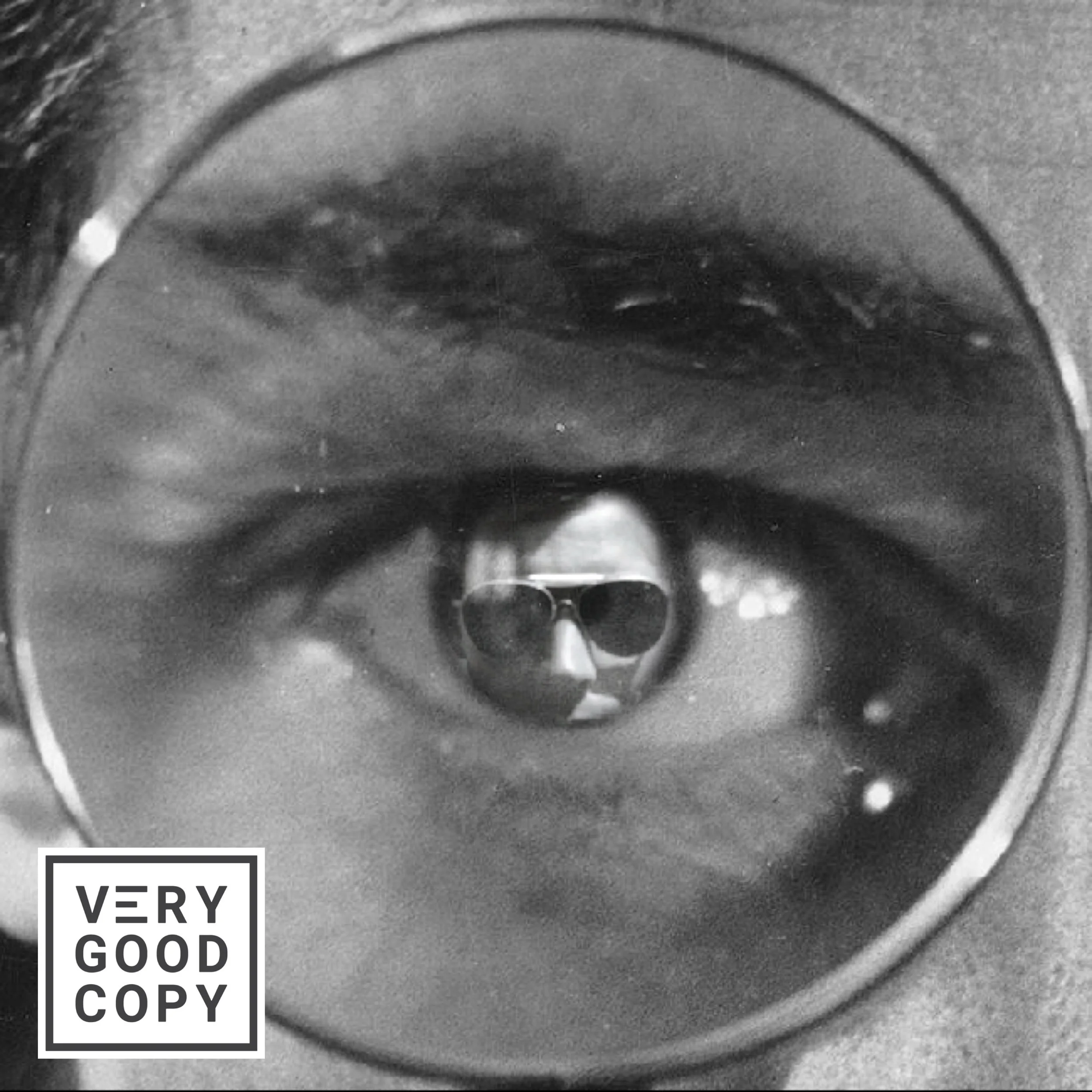





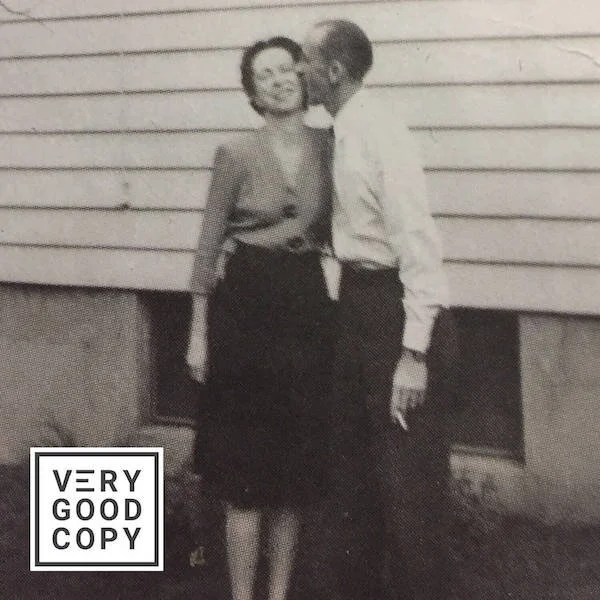
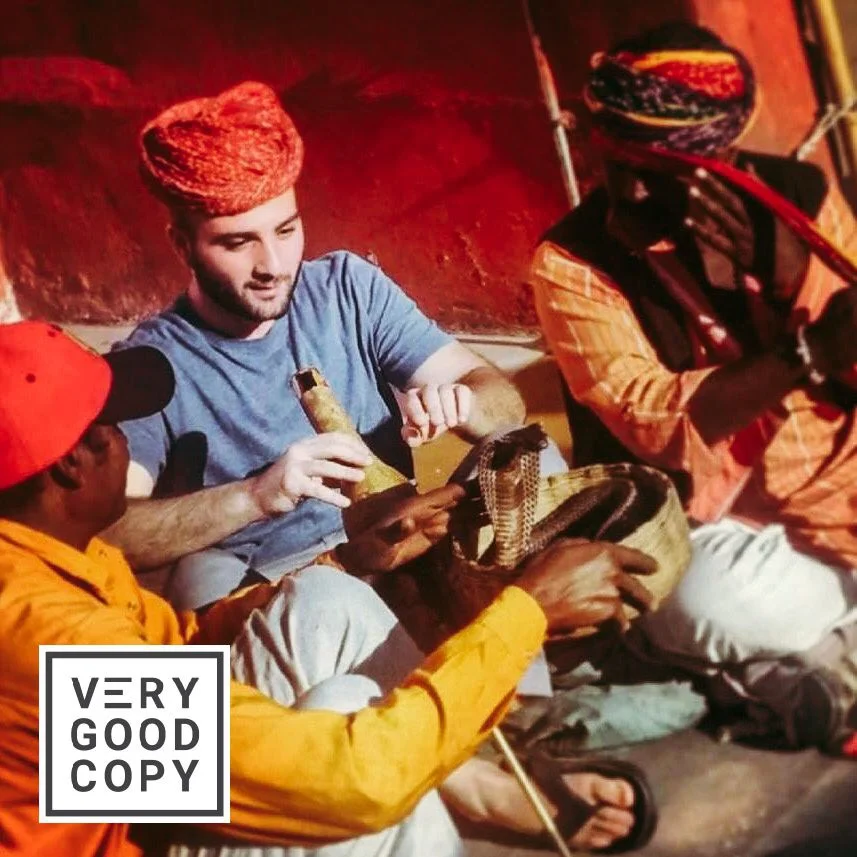
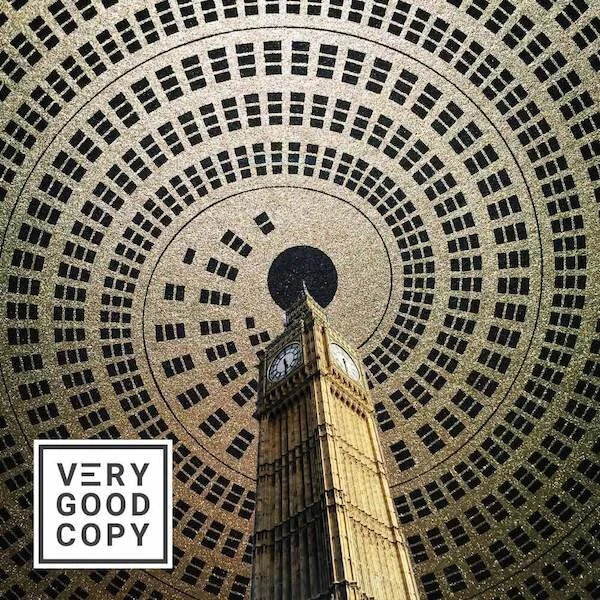
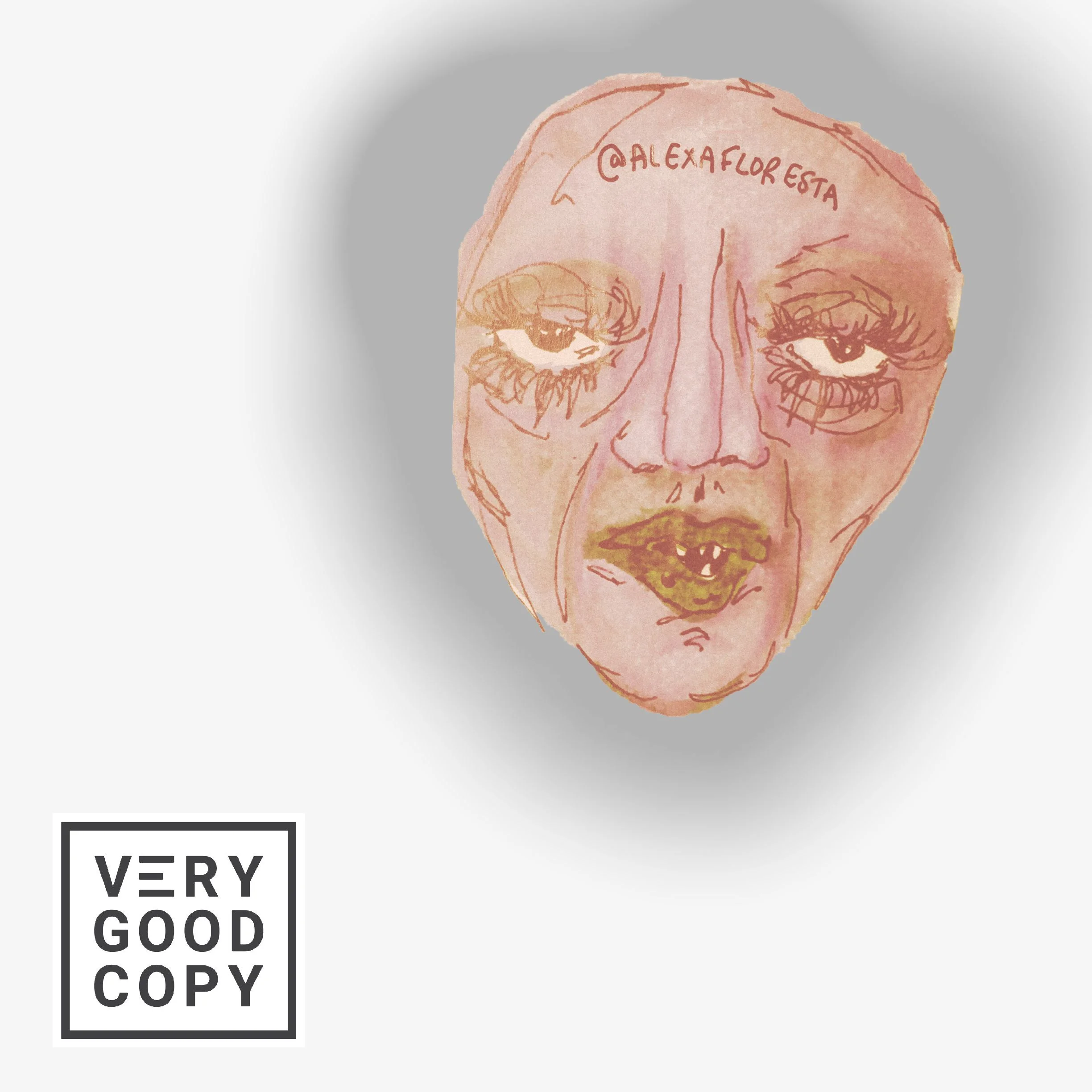
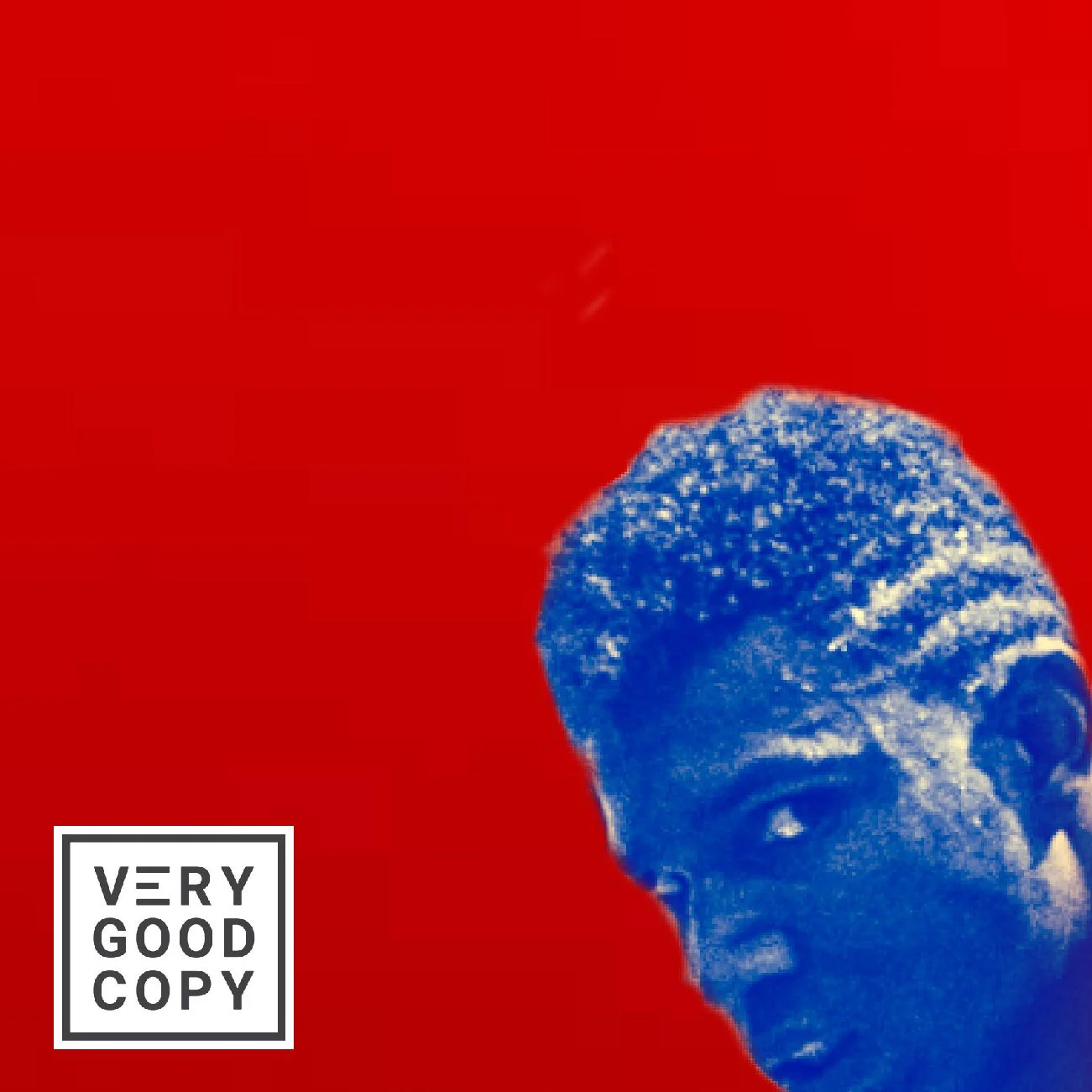












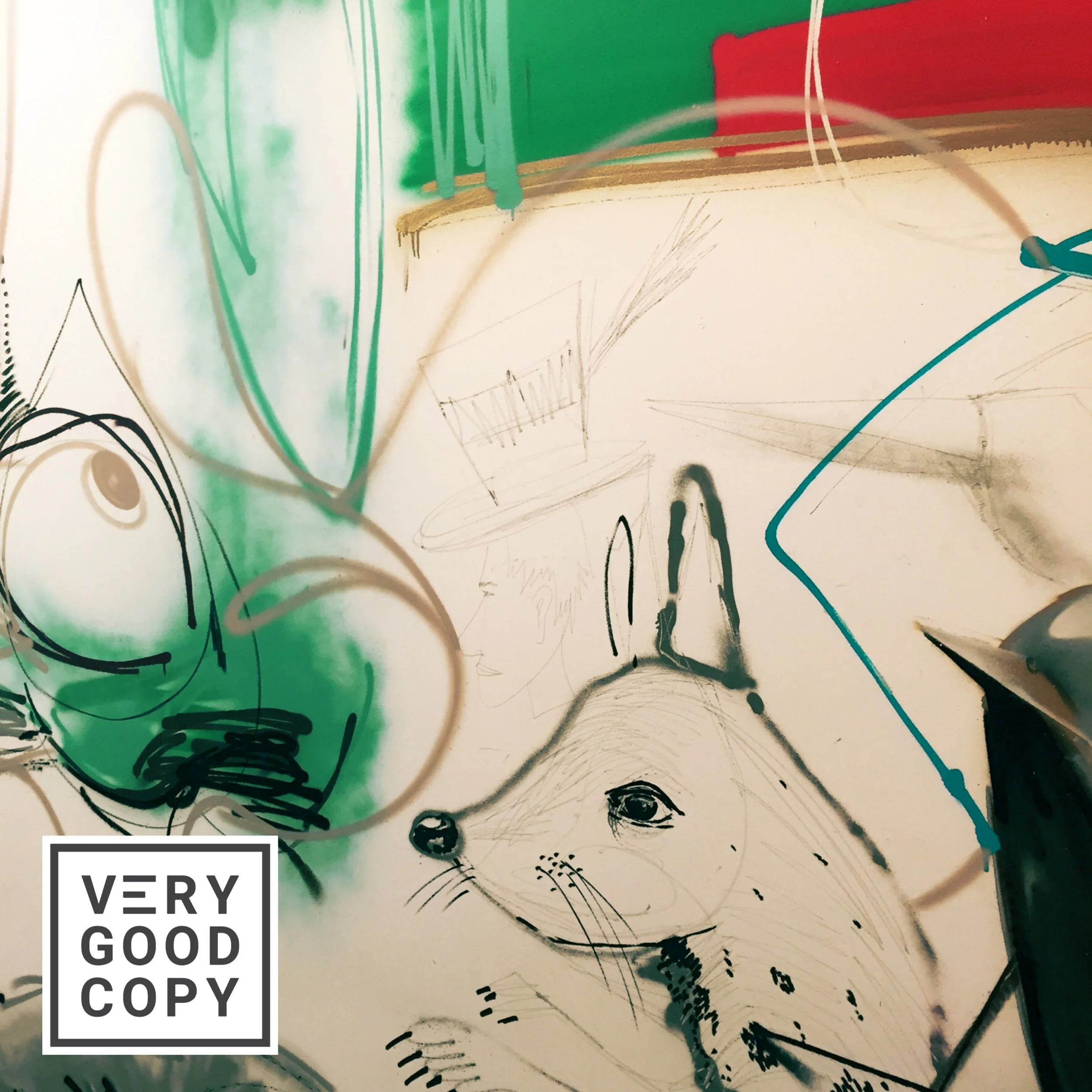

















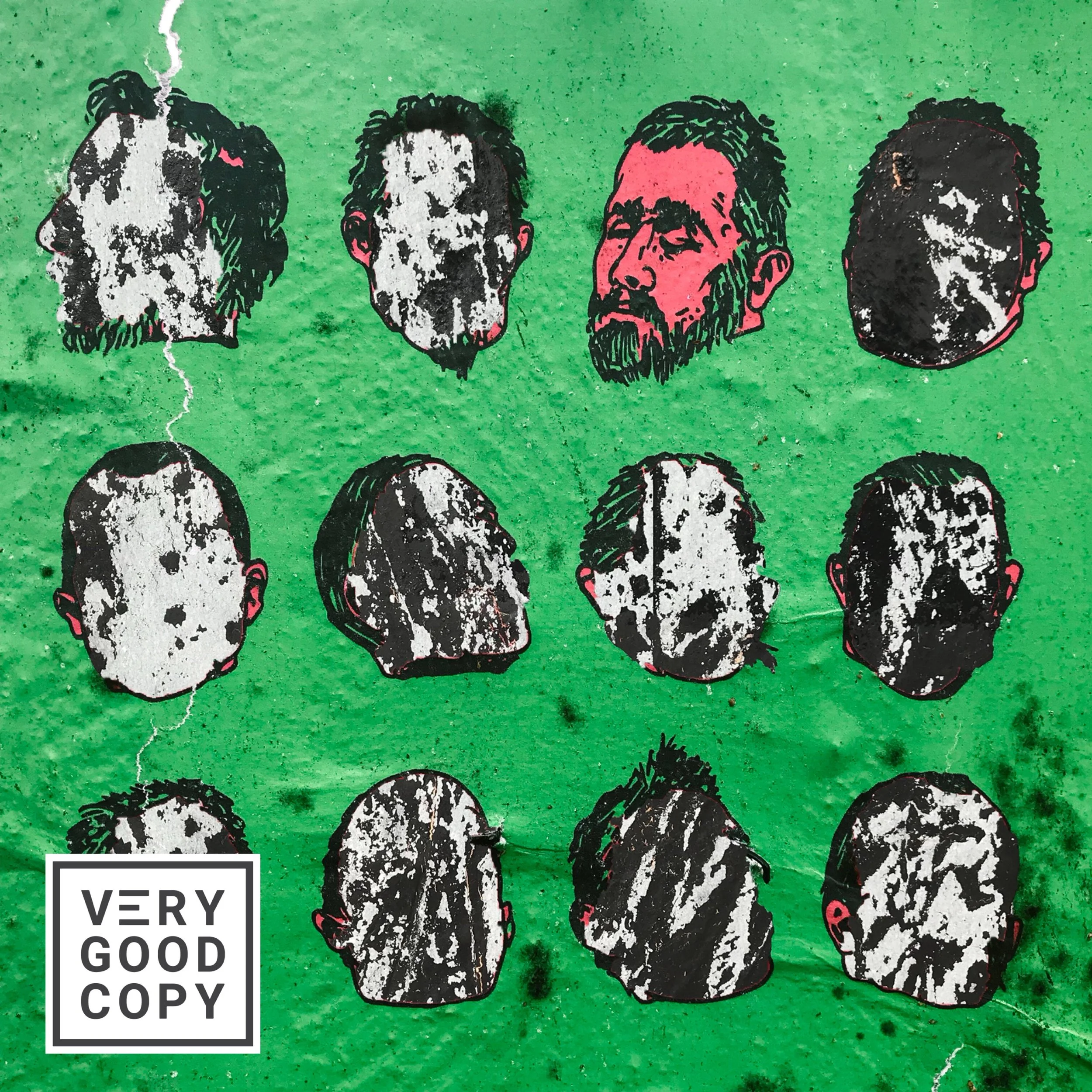

![How copywriters put prospects in the buying mood [quick trick]](https://images.squarespace-cdn.com/content/v1/5615edeae4b0b9df5c3d6e90/1533095575515-C2JPAZA3C46IBX00EMM8/Put+prospects+in+the+buying+mood+%5BVGC+art%5D.JPG)



